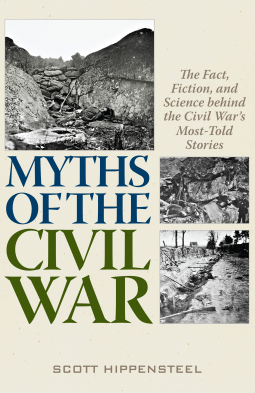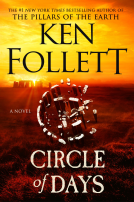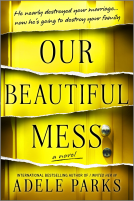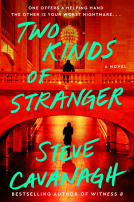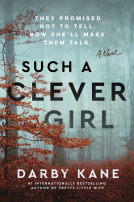Please wait... This may take a moment.
Myths of the Civil War
The Fact, Fiction, and Science behind the Civil War's Most-Told Stories
This title was previously available on NetGalley and is now archived.
Pub Date
Nov 15 2021
| Archive Date
Nov 19 2021
Description
In the spirit of Robert Adair’s cult classic The Physics of Baseball, here is a book that tackles the long-cherished myths of Civil War history—and ultimately shatters them, based on physics and mathematics. At what range was a Civil War sniper lethal? Did bullets ever “rain like hail”? Could one ever step across a battlefield by stepping only on bodies and never hard ground? How effective were Civil War muskets and rifles? How accurate are photographs and paintings?
In this genre-bending work of history, Scott Hippensteel puts the tropes of Civil War history under the microscope and says, “Wait a minute!” Combining science and history, Hippensteel reexamines much that we hold dear about the Civil War and convincingly argues that memoirs and histories have gotten it wrong.
This is a work of history and science for our era of “fake news”—and for well beyond. Readers will never look at the Civil War the same way again.
In the spirit of Robert Adair’s cult classic The Physics of Baseball, here is a book that tackles the long-cherished myths of Civil War history—and ultimately shatters them, based on physics and...
Description
In the spirit of Robert Adair’s cult classic The Physics of Baseball, here is a book that tackles the long-cherished myths of Civil War history—and ultimately shatters them, based on physics and mathematics. At what range was a Civil War sniper lethal? Did bullets ever “rain like hail”? Could one ever step across a battlefield by stepping only on bodies and never hard ground? How effective were Civil War muskets and rifles? How accurate are photographs and paintings?
In this genre-bending work of history, Scott Hippensteel puts the tropes of Civil War history under the microscope and says, “Wait a minute!” Combining science and history, Hippensteel reexamines much that we hold dear about the Civil War and convincingly argues that memoirs and histories have gotten it wrong.
This is a work of history and science for our era of “fake news”—and for well beyond. Readers will never look at the Civil War the same way again.
Available Editions
| EDITION |
Other Format |
| ISBN |
9780811739979 |
| PRICE |
$29.95 (USD)
|
Additional Information
Available Editions
| EDITION |
Other Format |
| ISBN |
9780811739979 |
| PRICE |
$29.95 (USD)
|
Average rating from 6 members
Readers who liked this book also liked:
Matrix
Lauren Groff
General Fiction (Adult), Historical Fiction, Literary Fiction
Circle of Days
Ken Follett
General Fiction (Adult), Historical Fiction
Such a Clever Girl
Darby Kane
General Fiction (Adult), Mystery & Thrillers, Women's Fiction
